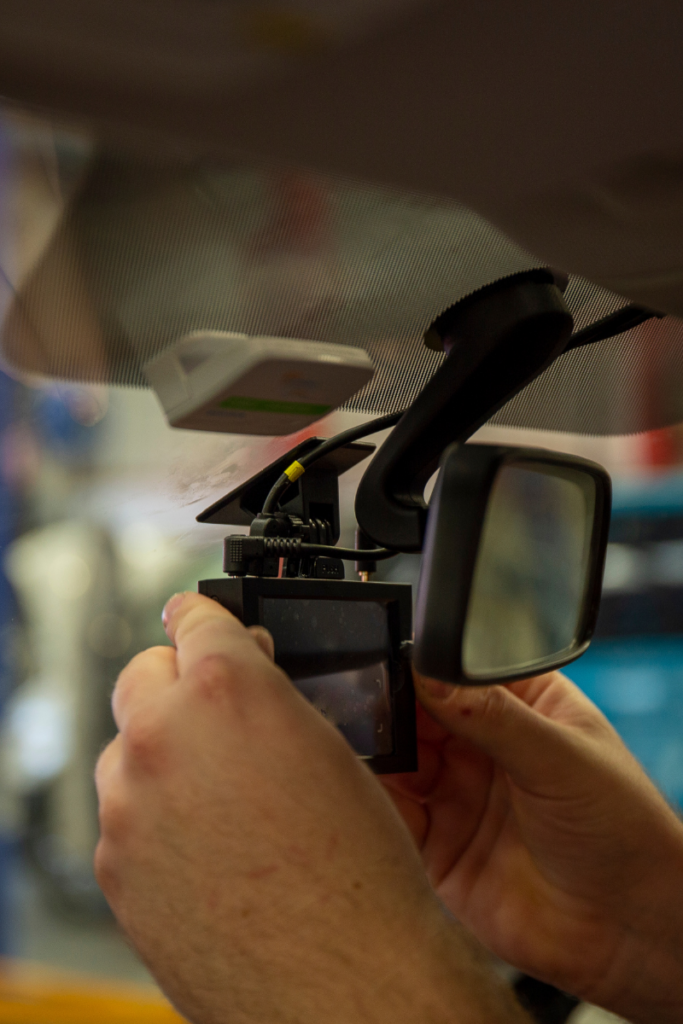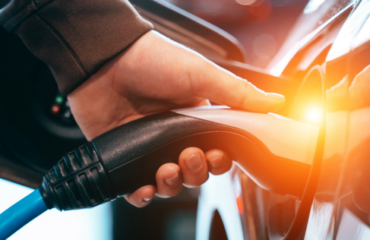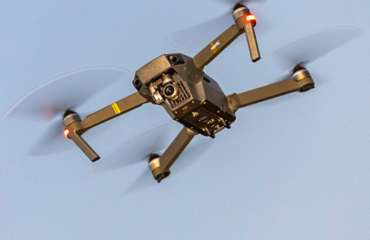Driving Transparency and Accountability in Law Enforcement
In modern policing, in-car camera systems have emerged as pivotal tools, enhancing transparency and accountability on the road. This blog post delves into the profound impact of these systems in law enforcement and in upholding public trust.
The Rise of In-Car Cameras in Police Vehicles

Initially introduced in the late 1980s, in-car cameras, often called “dash cams,” have become standard in police vehicles worldwide. These devices continuously record the vehicle’s front view and, in many cases, the interaction inside the police car. This footage is invaluable in providing an unbiased account of events.
Enhancing Officer Accountability and Public Trust
In an era where public scrutiny of law enforcement is at an all-time high, in-car cameras play a critical role. They offer an objective viewpoint during traffic stops, pursuits, and other police activities. This transparency is crucial in building and maintaining public trust and protecting officers from unfounded accusations.
Evidence Gathering and Legal Proceedings
Dashcam footage serves as a vital piece of evidence in legal proceedings. Visual and audio recordings are powerful legal tools, whether it’s to corroborate officers’ accounts, provide context to an incident, or aid in the conviction of offenders. Additionally, this footage can be instrumental in training and helping law enforcement agencies to improve tactics and interactions.
Challenges and Privacy Considerations
While the benefits are significant, in-car camera systems aren’t without challenges. Concerns around privacy, data storage, and managing vast amounts of footage are ongoing discussions. Balancing transparency with privacy rights remains a delicate task for law enforcement agencies.
The Future of In-Car Camera Technology
As technology evolves, so do in-car camera systems. Today, they are becoming more sophisticated, featuring high-definition recording, night vision capabilities, and even integration with other systems like body-worn cameras and Automatic Number Plate Recognition (ANPR). The future promises even more advanced features, like real-time streaming and AI-powered analytics.
In-car camera systems are more than just tools for recording; they are catalysts for accountability and transparency in law enforcement. As these systems continue to evolve, they will undoubtedly play an even more significant role in shaping the dynamics of policing and public interaction.
Looking to learn more about the world of technology in police vehicles? Follow our “Deep Dives” series as we unpack some of the cutting-edge technology law enforcement uses today and how KELTEK keeps its customers ahead of the game.


